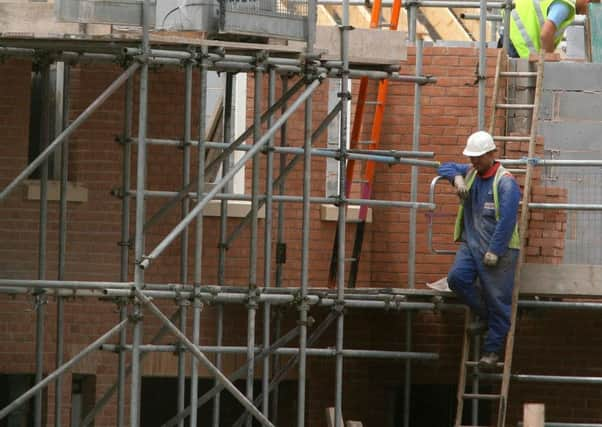Getting the best VAT-back deal after self-building a home


Buying a brand new home or arranging to have one built can be exciting but also costly. Planning how to get the best VAT treatment can help you avoid paying more than you need to.
If you buy a newly-built home the house-builder will have been able to recover the VAT on the cost of building it and apply the zero rate of VAT when selling the home to you.
Advertisement
Hide AdAdvertisement
Hide AdIf you buy a plot of land and arrange for a builder to build you a new property then the builder should apply the zero rate of VAT to the invoices issued to you. Applying the zero rate of VAT means that the builder can recover VAT when buying the building materials but does not need to charge VAT when issuing invoices to you.
If you engage tradespeople, such as builders, carpenters etc., on a labour only basis and buy the materials from different businesses that do not install the materials you will be charged VAT at the standard rate, currently 20 per cent, on the cost of the materials. You can, however, recover the VAT charged on the materials using a DIY builder scheme that is approved by HM Revenue & Customs (HMRC) and included in the VAT legislation.
The points referred to above are subject to a number of conditions, the main conditions being that the new home is for you to live in rather than to sell immediately or let out and that it consists of self-contained living accommodation that has been built in accordance with any necessary planning consent. The VAT treatment of any new house or flat can be affected by the extent to which planning consent restricts the use or disposal of the property.
Other points that affect the VAT treatment is whether what is installed consists of building materials and whether the work was carried out before the new home was completed. Generally work carried out after the home has been completed is subject to the standard rate of VAT. You can therefore potentially save VAT by choosing or designing a new home that is the size you want rather than adding an extension after it has been completed.
Advertisement
Hide AdAdvertisement
Hide AdAnother way of saving VAT is to have the home fitted out as far as possible with items that qualify as building materials before it is completed. Every new home is completed at a specific point in time, which is determined by factors such as whether it has been built in accordance with the relevant plans and specifications and whether a Certificate of Completion has been issued.
The question of what does and does not qualify as building materials is defined in the VAT legislation and HMRC has published guidance on what it is covered by the statutory definition. For example, the VAT legislation specifically excludes carpets from qualifying as building materials. The HMRC published guidance in VAT Notice 708 confirms that carpets, carpet tiles and underlay are not building materials for VAT purposes but states that other forms of flooring or floor covering, such as linoleum, ceramic tiles, parquet and wooden floor systems are building materials.
Knowing what does and does not qualify as building materials is important when claiming a refund of the VAT charged under the DIY builder scheme. For example, following a First Tier Tribunal case in which the Tribunal agreed with a person using the DIY builder scheme that roller blinds are building materials, HMRC published Revenue & Customs Brief 02/11. The publication confirms that HMRC does not accept that roller blinds are building materials and that its policy has not changed as a result of the Tribunal decision.
*Alex Millar is senior VAT consultant at Garbutt and Elliott, www.garbutt-elliott.co.uk